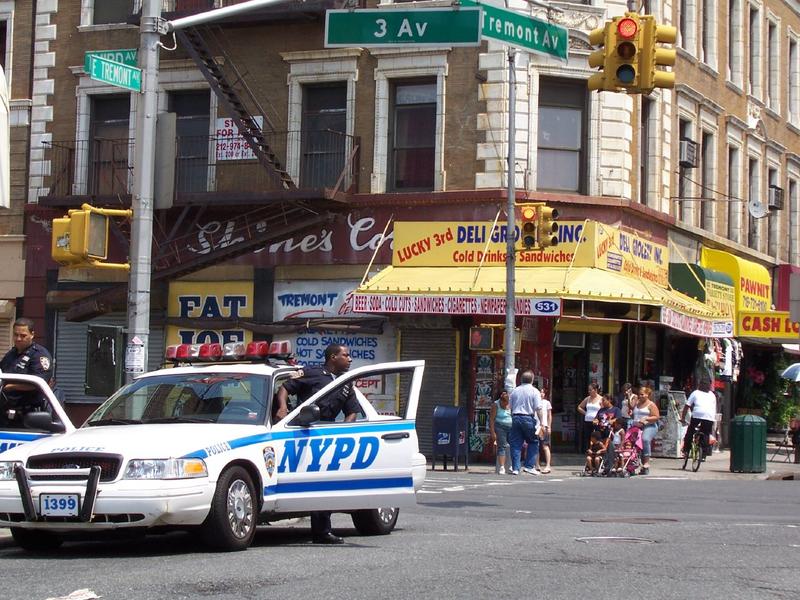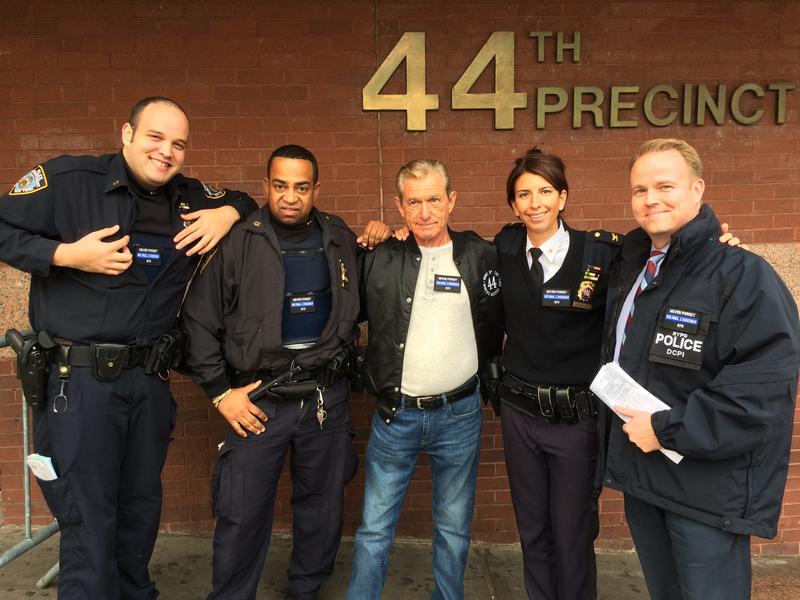
In the 1970s and '80s, back when the 44th Precinct in the Bronx suffered 90 murders a year and the highest crime rate in America, Detective Richard J. Hake would cruise around in a squad car, assessing the scene.
"I could actually see guys walking and I knew what their intentions were: they were gonna mug somebody," he recalled on a recent trip to those same streets — this time with a pair of current officers whose jobs, and the city they patrol, are drastically different.
Officer Rafael Morales and Detective Wilfredo Benitez of NYPD's new Neighborhood Policing initiative are tasked not with holding back a daily deluge of disorder, as was Hake, but to take advantage of this low-crime moment and cultivate deeper relationships with people in the same precinct, while responding to concerns that are often be overlooked.
Neighborhood Policing is a grand experiment by the de Blasio administration to basically do two things:
1. Convince New Yorkers, post stop and frisk, that their police department is nice now.
2. Get the public's help on an odd problem: with crime at an all-time low, how do you get it lower?
Detective Hake, the father of WNYC morning host Richard Hake, said he and his fellow officers were similarly expected to show a friendly face to the people they were sworn to protect. It's what the brass periodically ordered them to do: "They told us, 'Get out of the car and talk to everybody. Go and meet the store owners, talk to the kids, play stickball with them.'"
In this story, he describes the reasons those initiatives tended to fail. Then Morales and Benitez, after listening with jaws dropped to Hake's tales from the high crime / low technology bad old days, make the case for why Neighborhood Policing is not only a better approach to patrolling but a savvy way to crowd-source information needed to solve more serious crimes.

